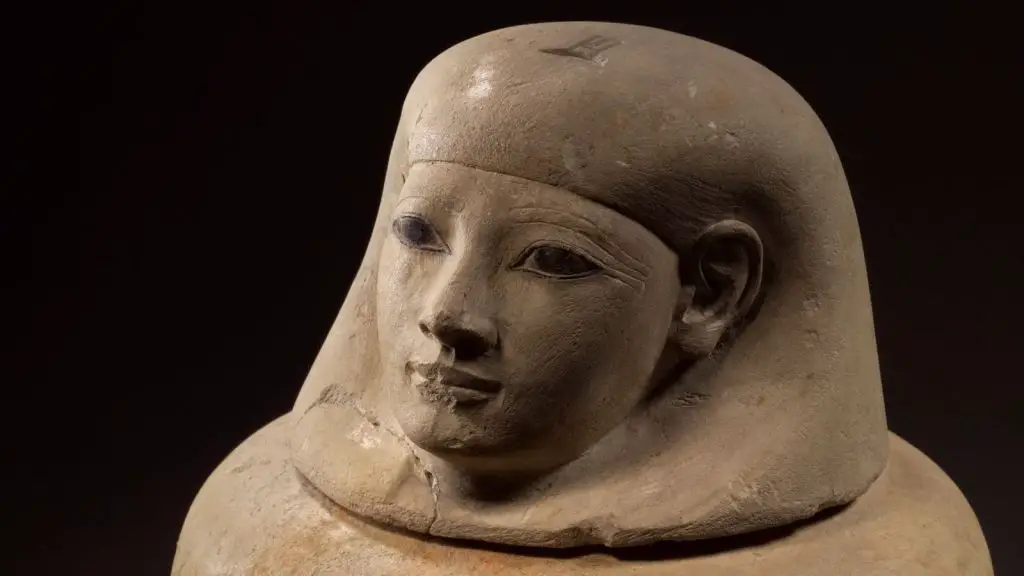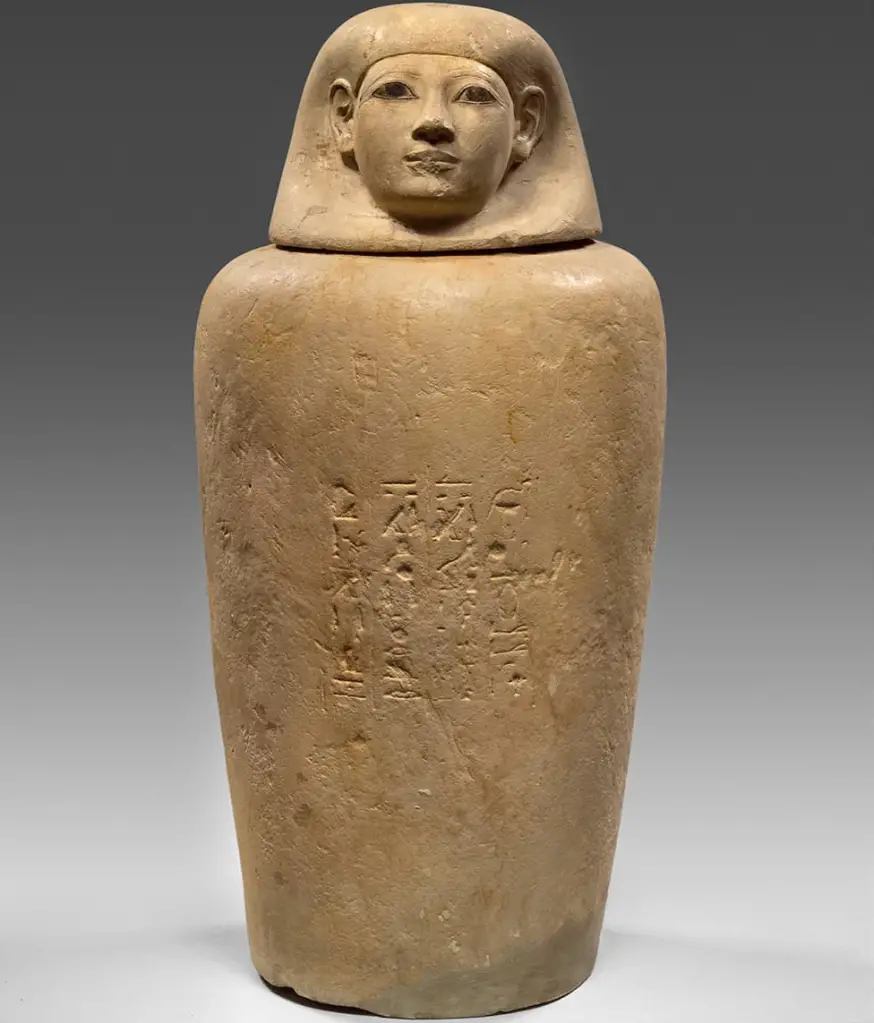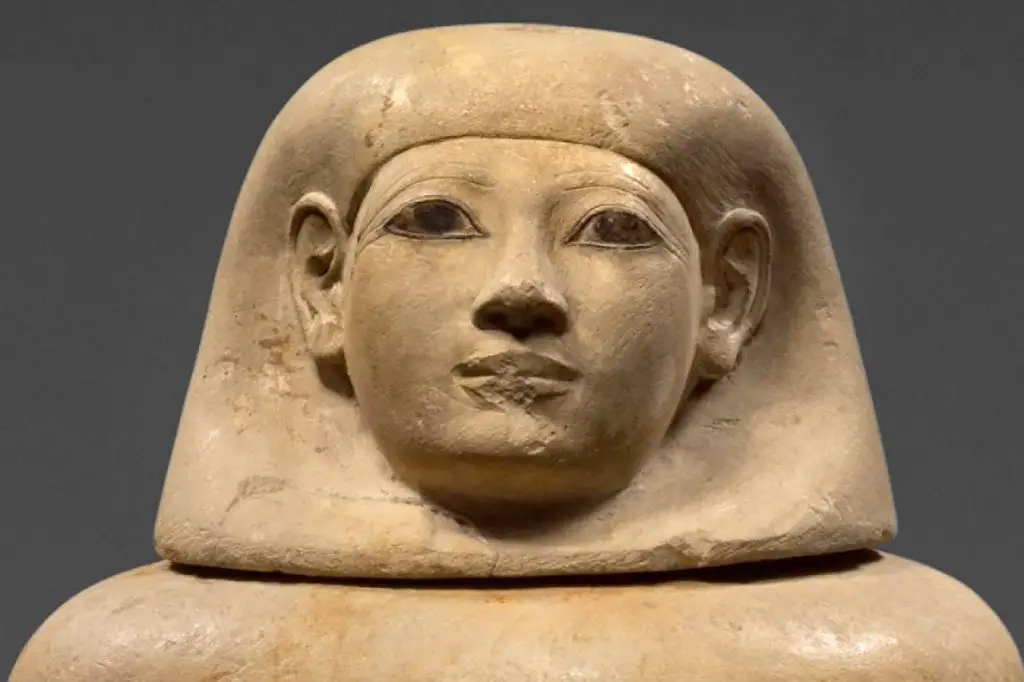October 27, 2023
WoEgypt

© Museum August Kestner, Hannover; Photo: Christian Tepper.
Visitors to the museum can now experience the olfactory journey of an ancient Egyptian noblewoman, transported more than 3,500 years back in time, thanks to researchers who identified and replicated the scents of balms used in her mummification process.
Contrary to popular imagery of bandages and jars, the mummification of bodies in ancient Egypt was a fragrant ritual. It involved embalming the body and organs with aromatic substances to preserve them for the afterlife. Due to a lack of specific information from ancient texts, scientists have relied on modern analyses to uncover the exact ingredients used in this process.

Researchers studying residues of balms used in the mummification of a noblewoman named Senetnay have not only disclosed that many ingredients came from outside Egypt but have also recreated the perfume. Senetnay, who lived around 1450 BC, served as a wet nurse to Pharaoh Amenhotep II. Her canopic jars, holding her mummified lungs and liver, were discovered in the Valley of the Kings in 1900 by Howard Carter, the famed British archaeologist known for finding Tutankhamun’s tomb.
The study revealed that Senetnay’s mummification balms were complex mixtures containing fats, oils, beeswax, bitumen, resins from pine trees, coumarin (with a vanilla-like scent), and benzoic acid (found in plants like cinnamon and cloves). Many of these ingredients had to be imported into Egypt, highlighting extensive trade networks in the mid-second millennium BCE.
Interestingly, not all identified ingredients were found in both jars, suggesting the possibility of organ-specific balms. This finding, coupled with the non-local origin of many ingredients, indicated Senetnay’s high social status, corroborating her prestigious burial site and title, Ornament of the King.

Working with a perfumer, the research team recreated the balms’ scent, which will be featured in an exhibition at the Moesgaard Museum in Denmark. This aroma has been dubbed “the scent of eternity.”
According to Dr. William Tullett, an expert in sensory history at the University of York, recreating historical smells helps bridge the gap between past and present, offering insights into how scents held different meanings for ancient Egyptians compared to contemporary interpretations.
***If you liked this article, don’t forget to subscribe to our newsletter and receive our articles by email
